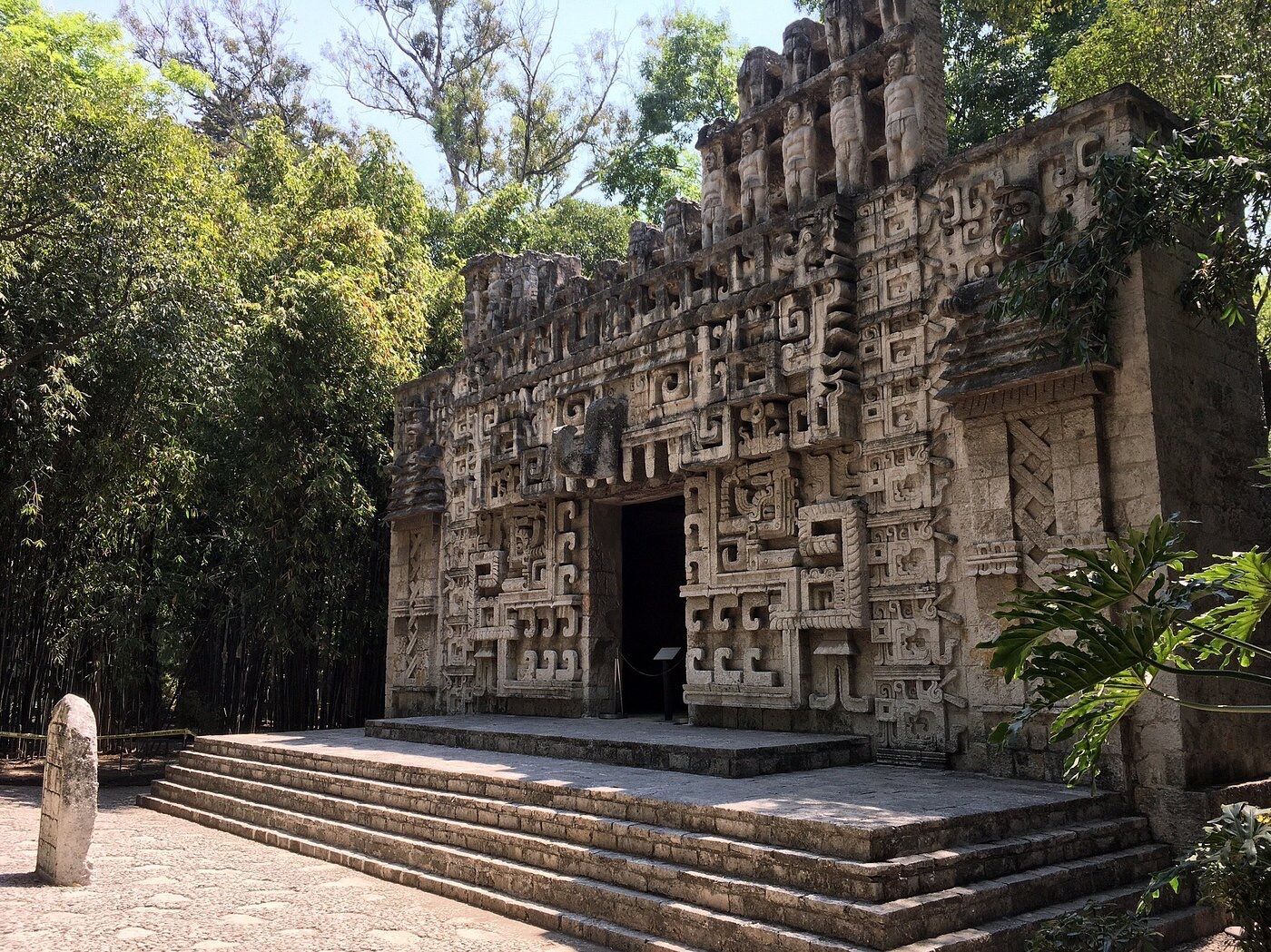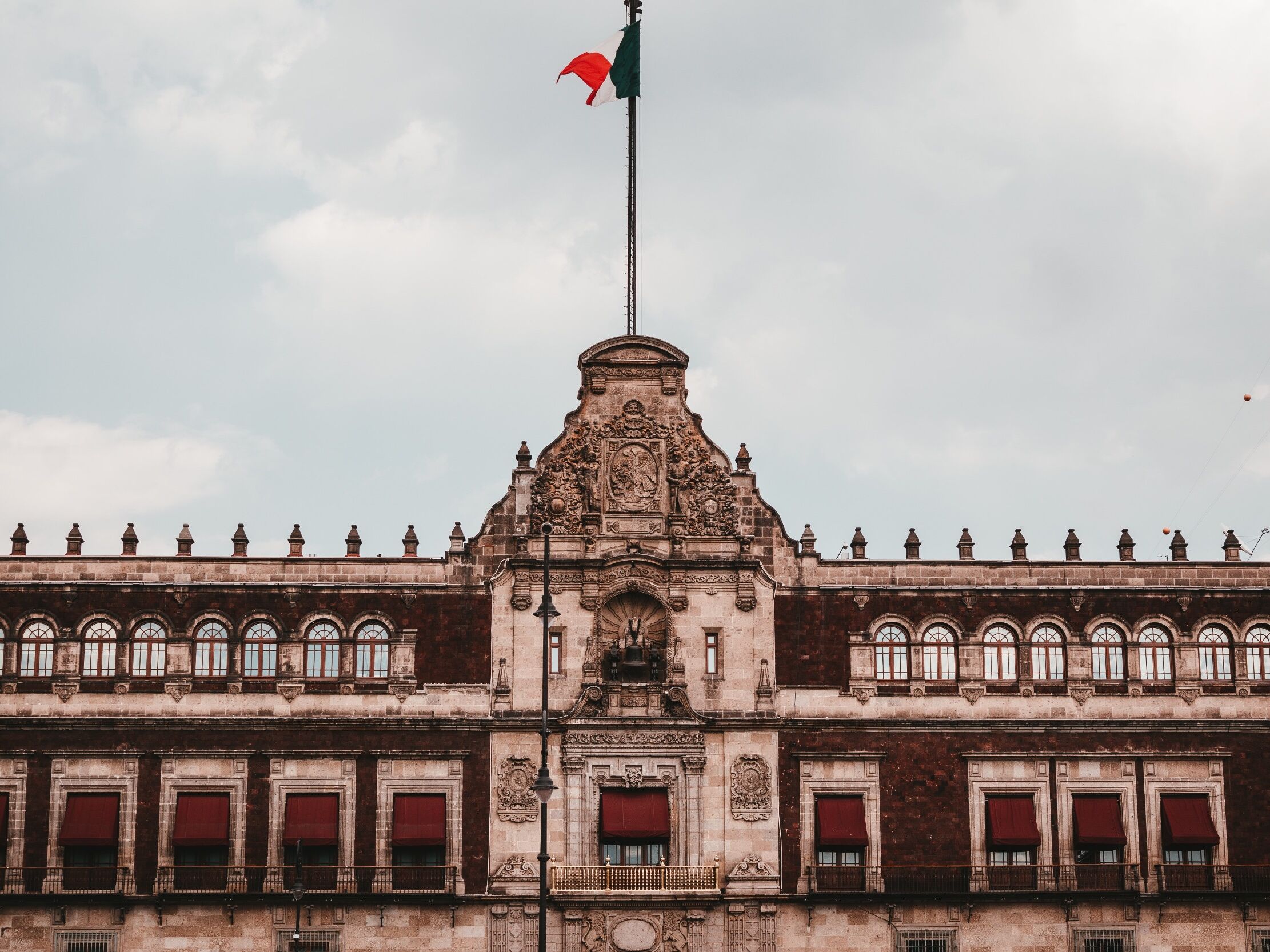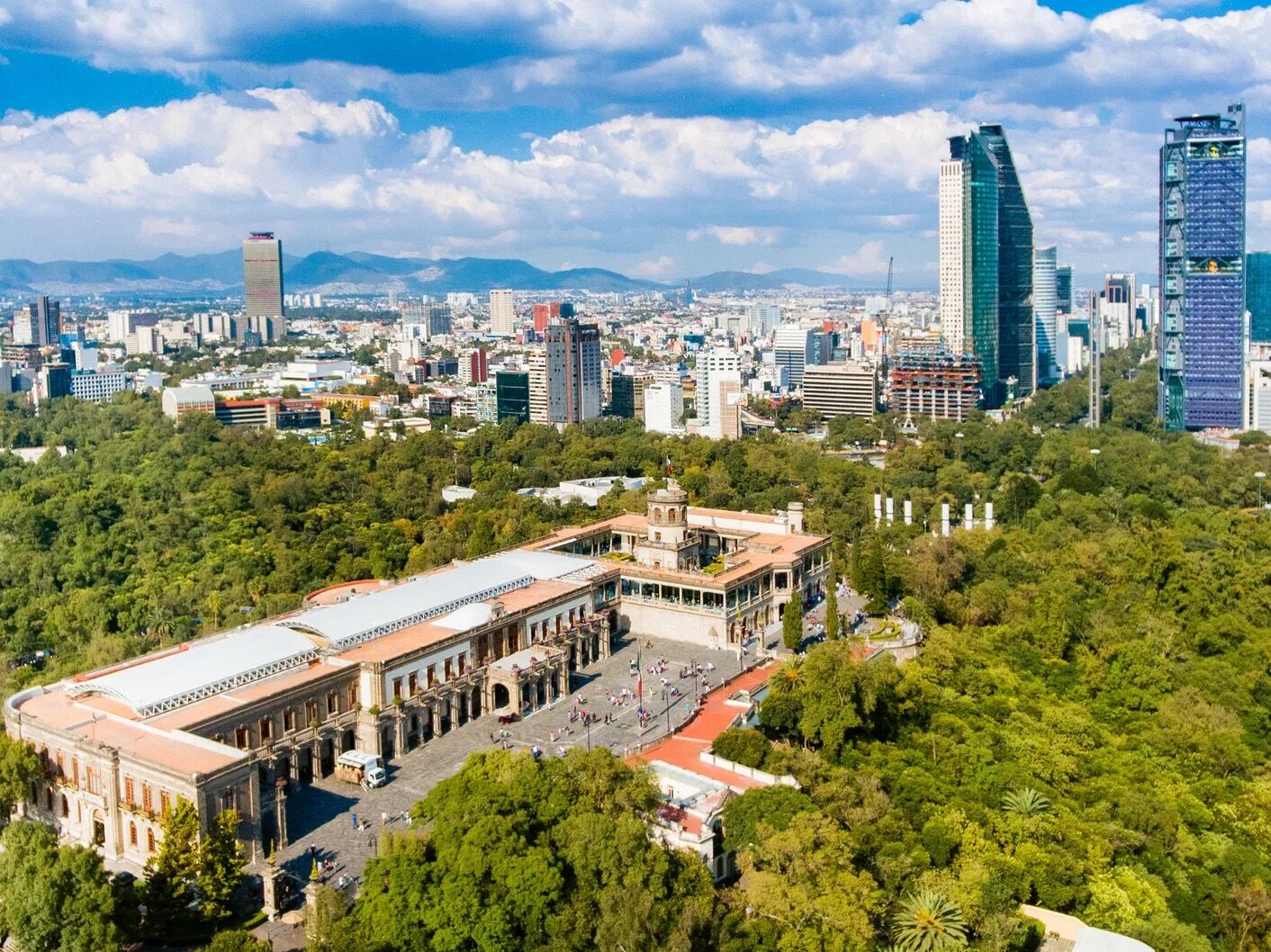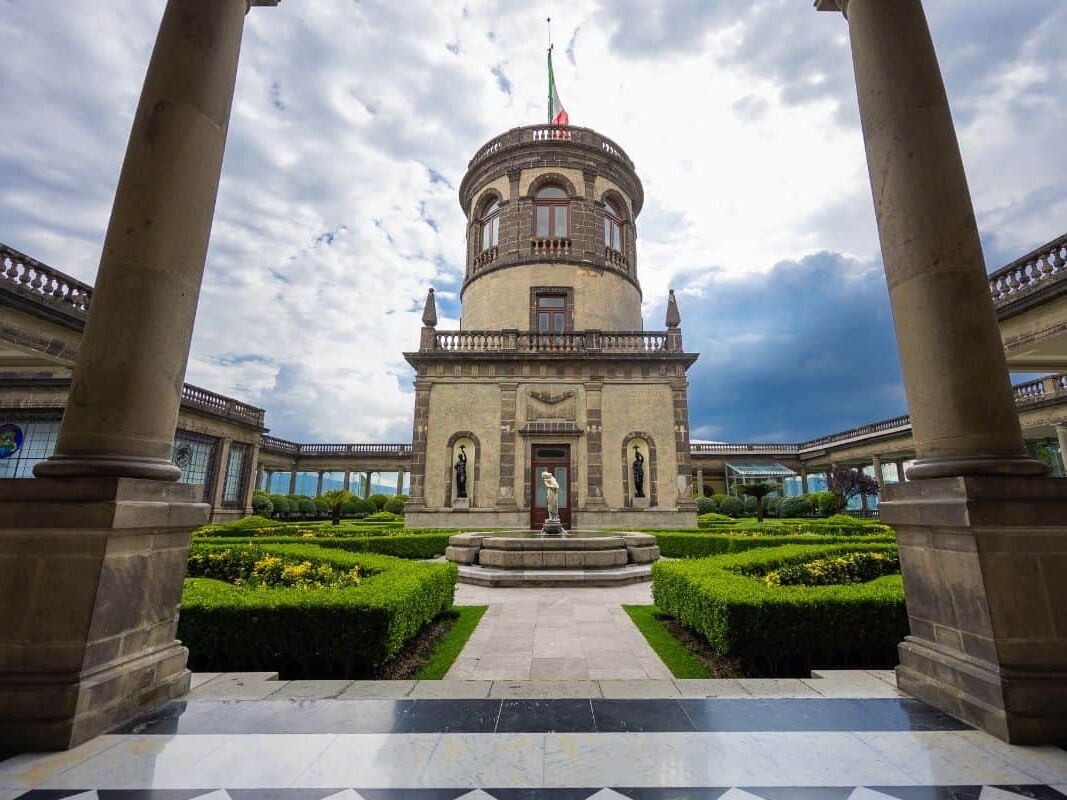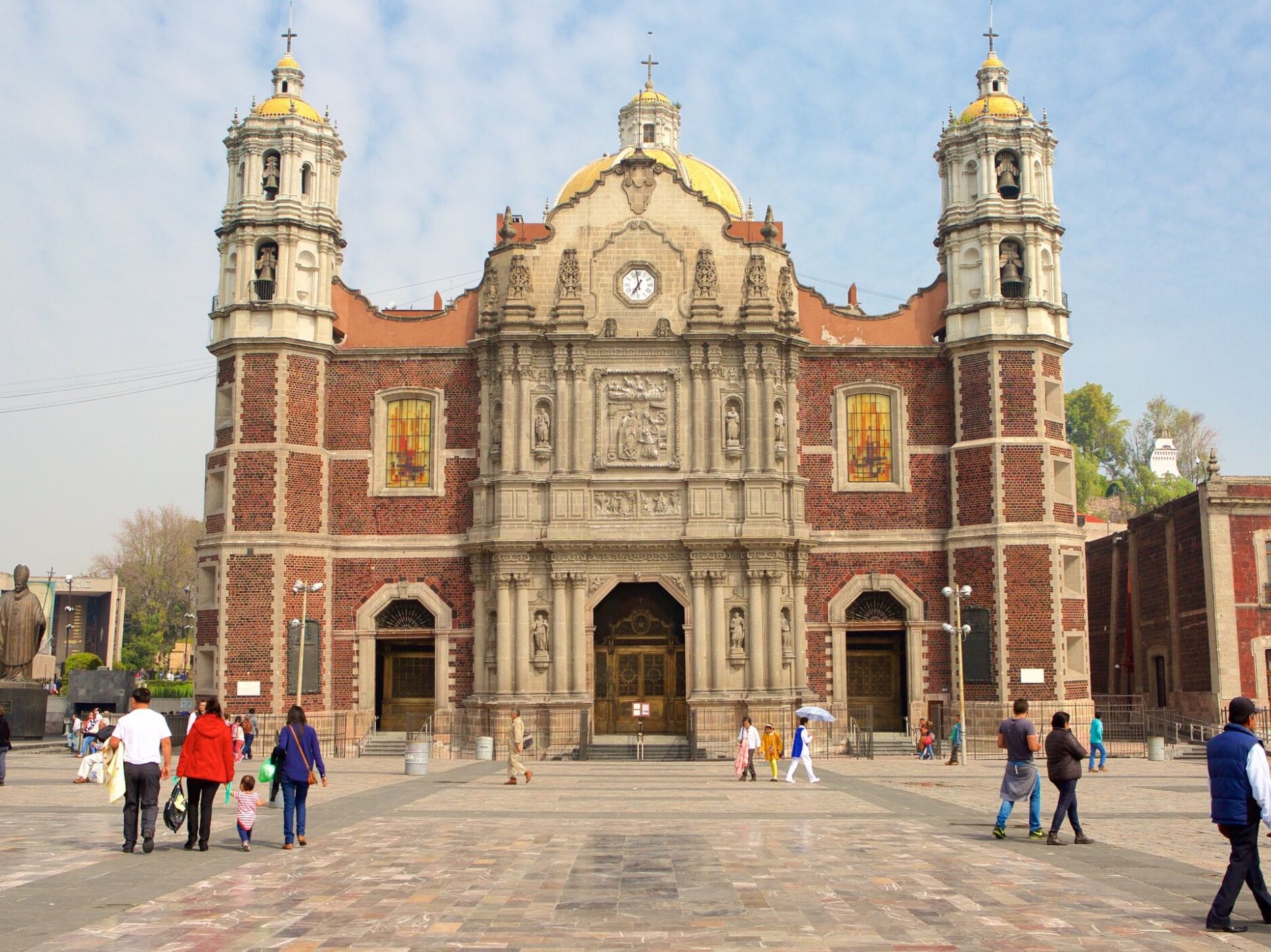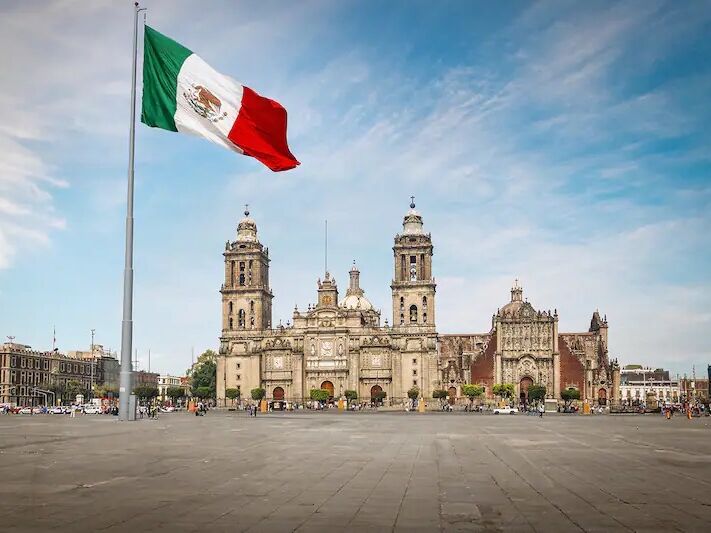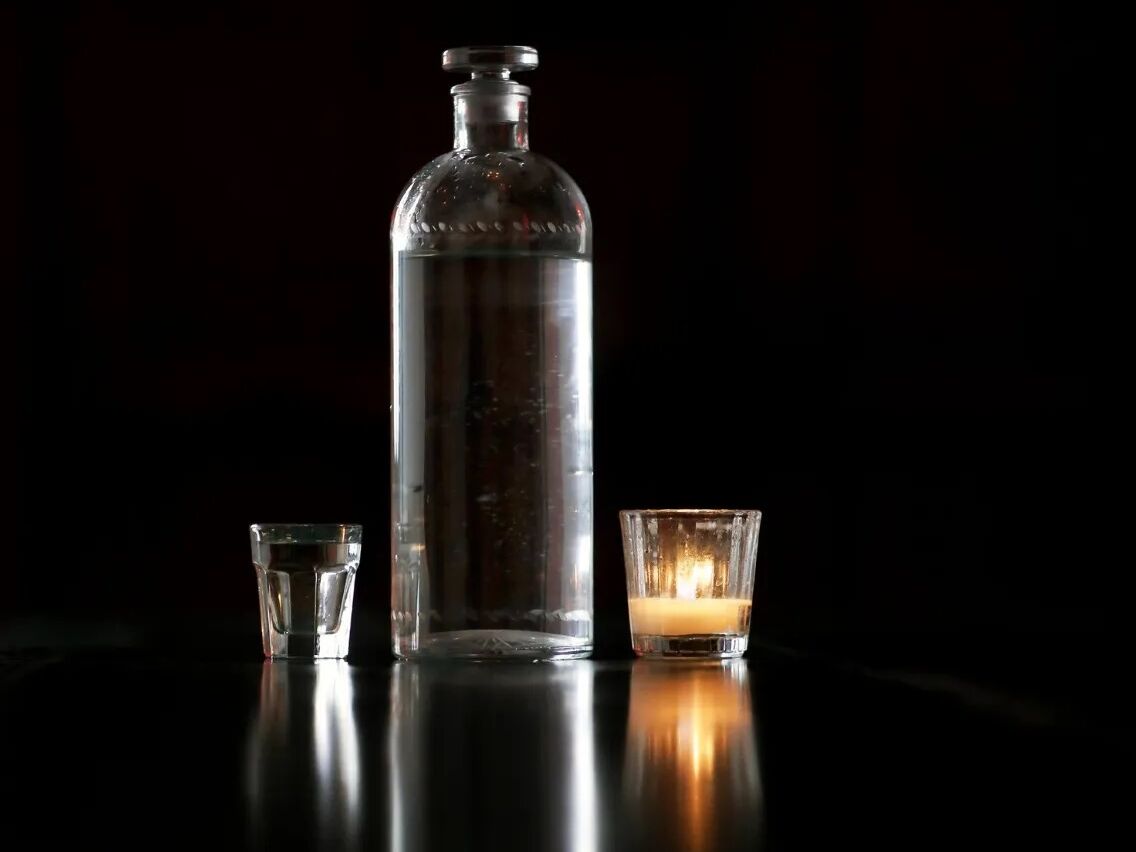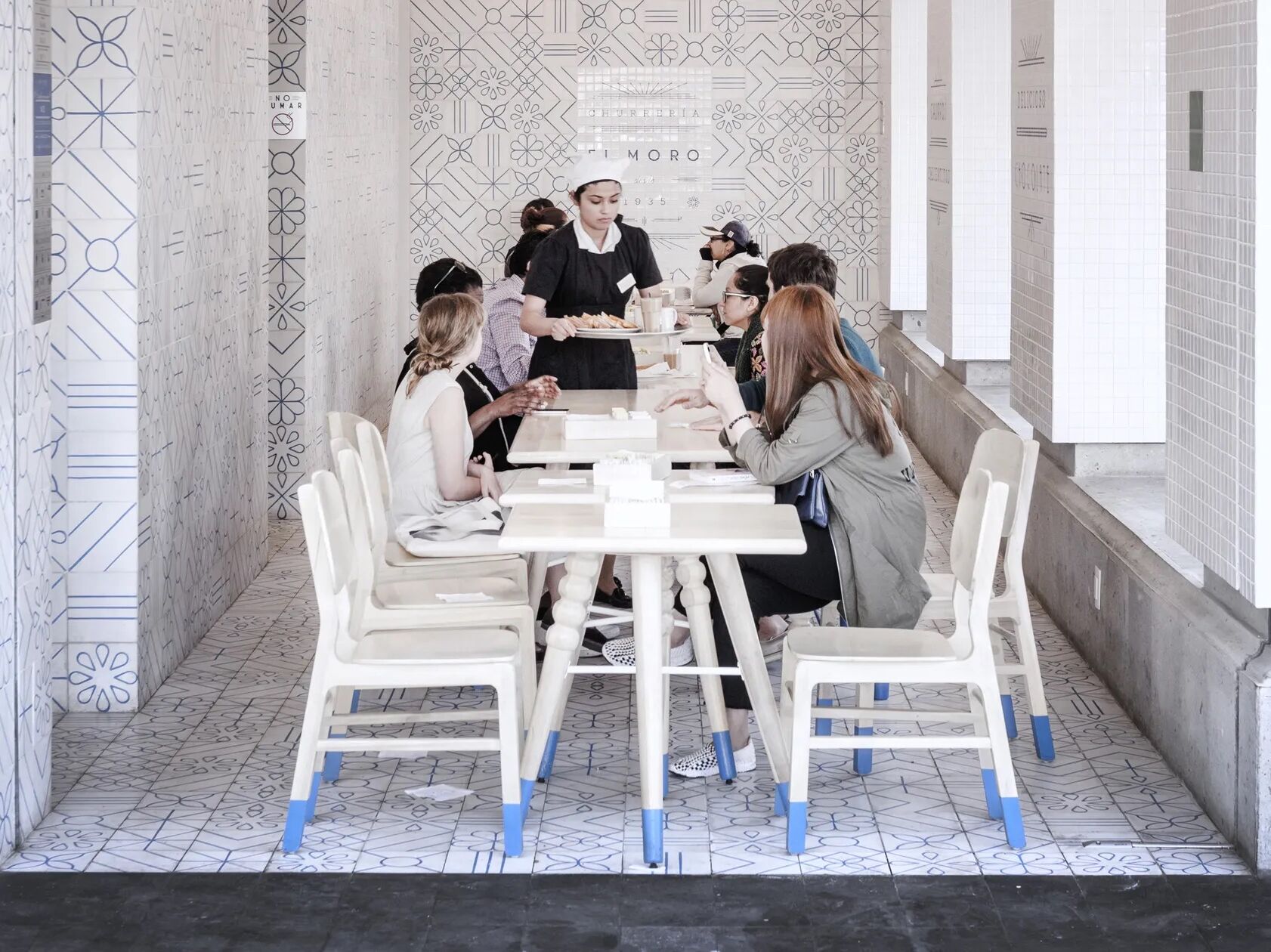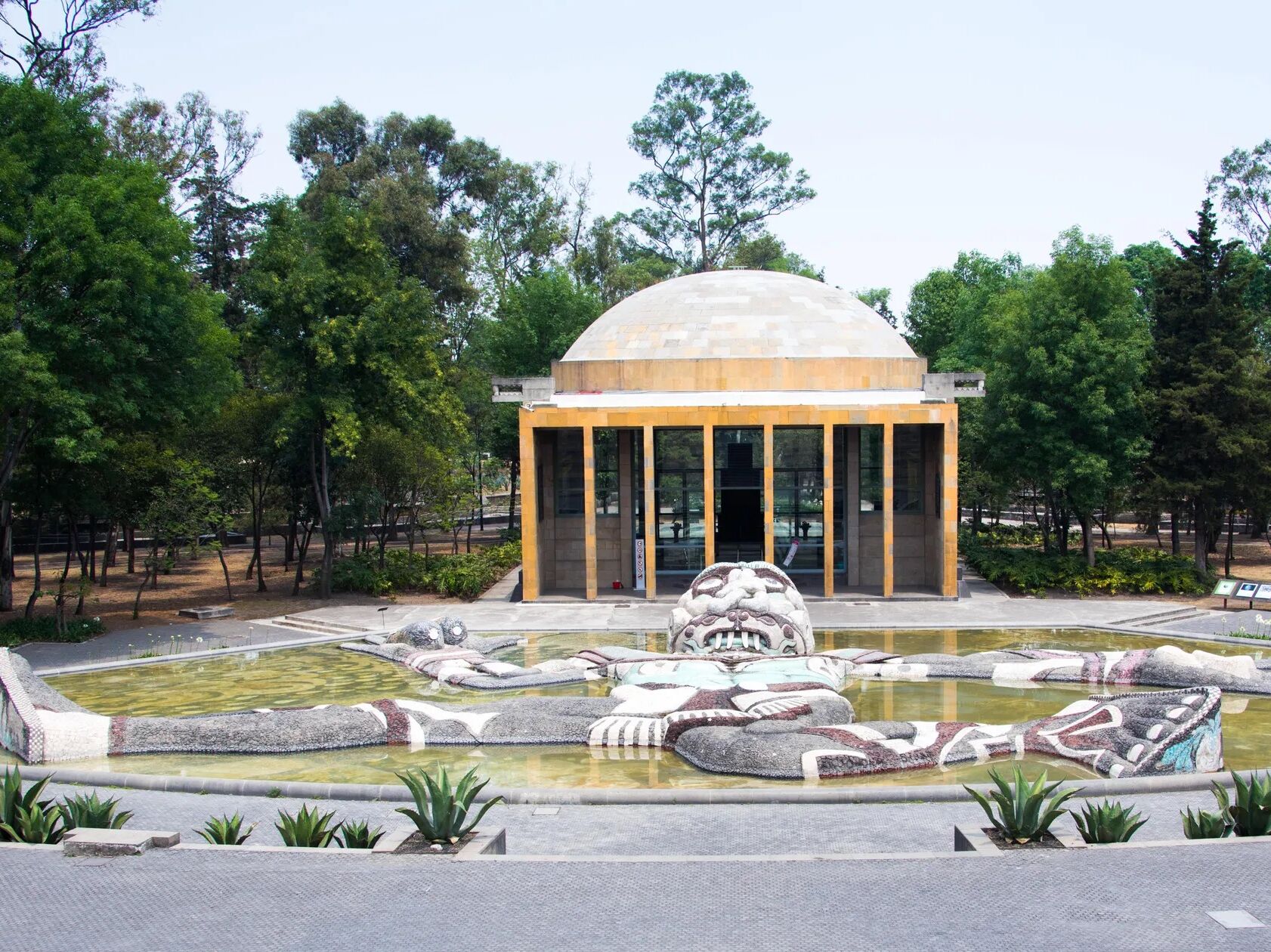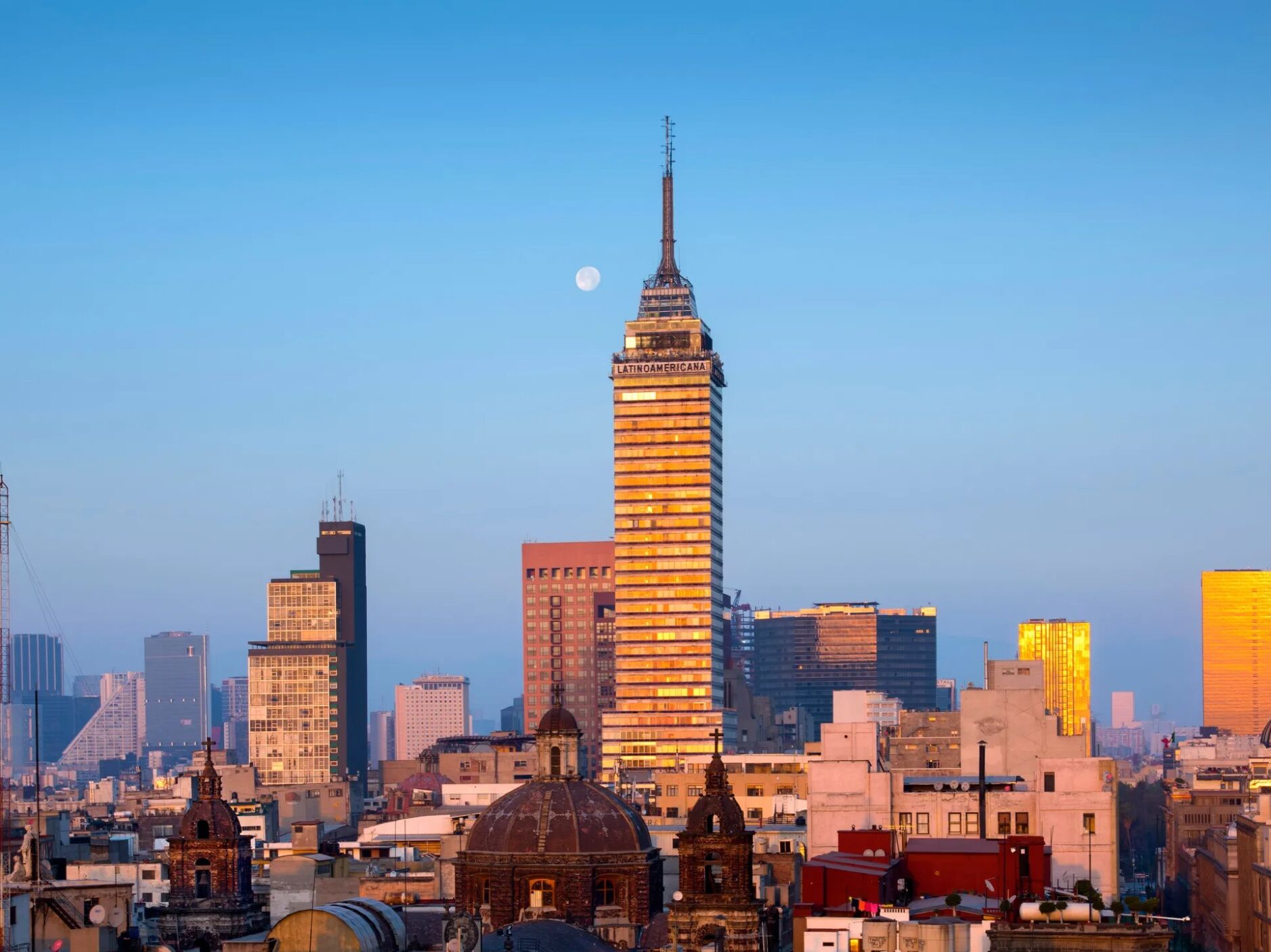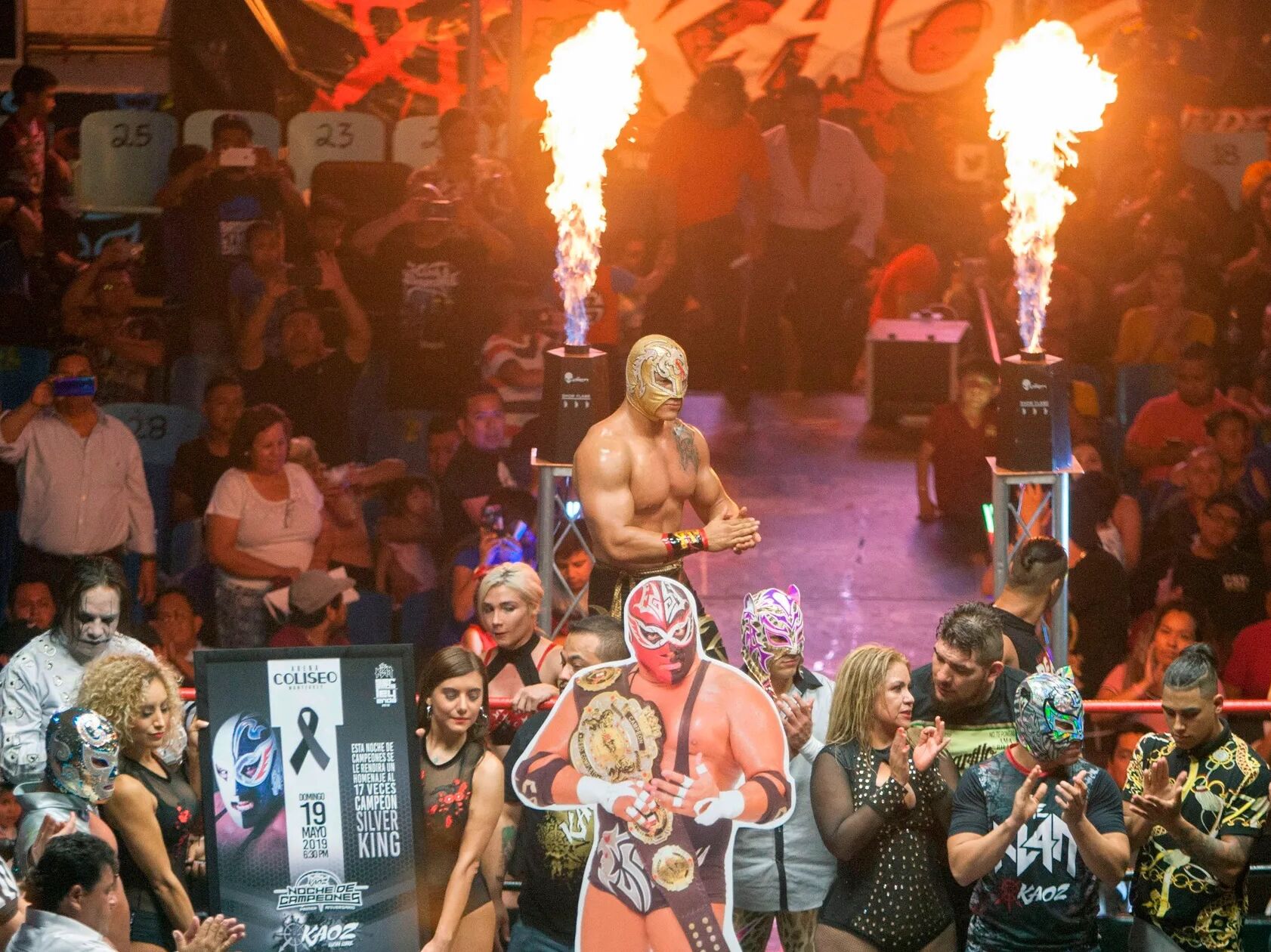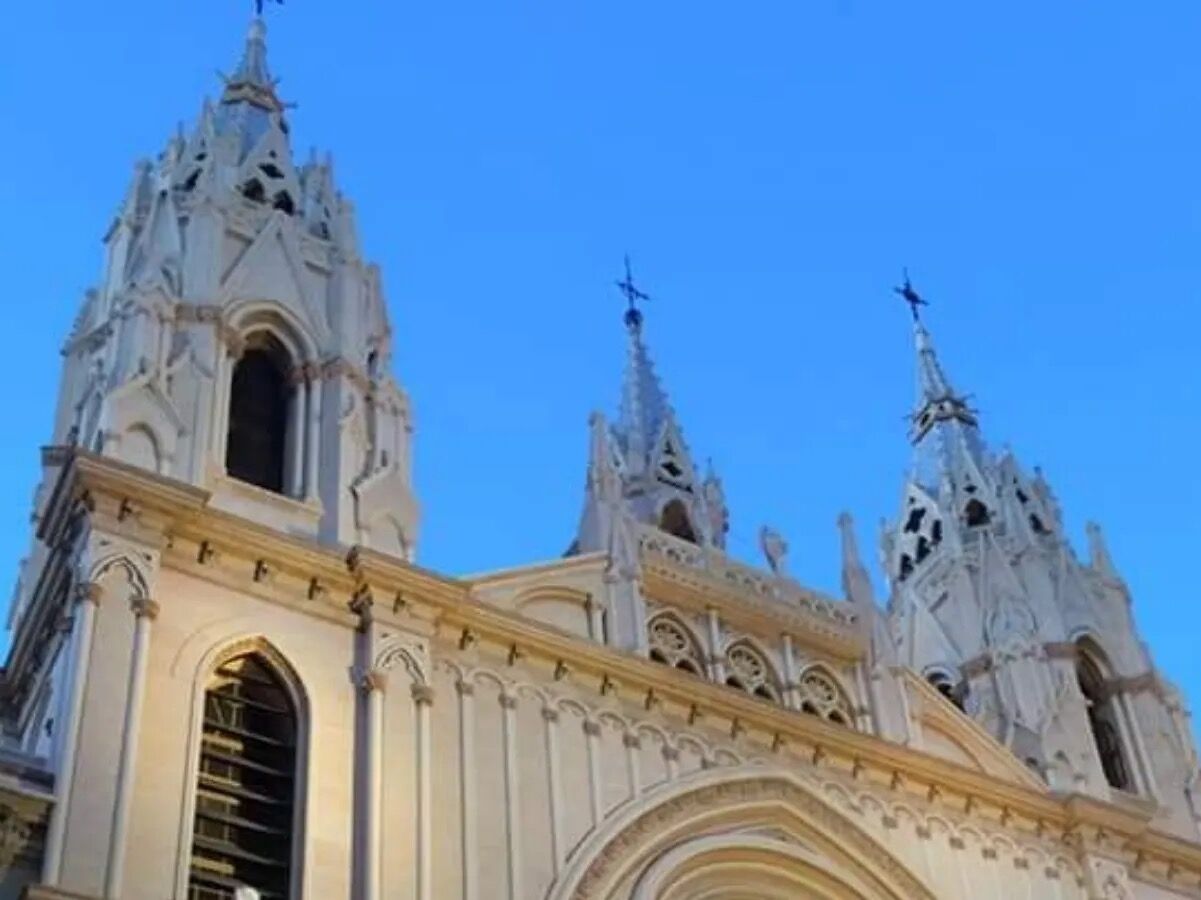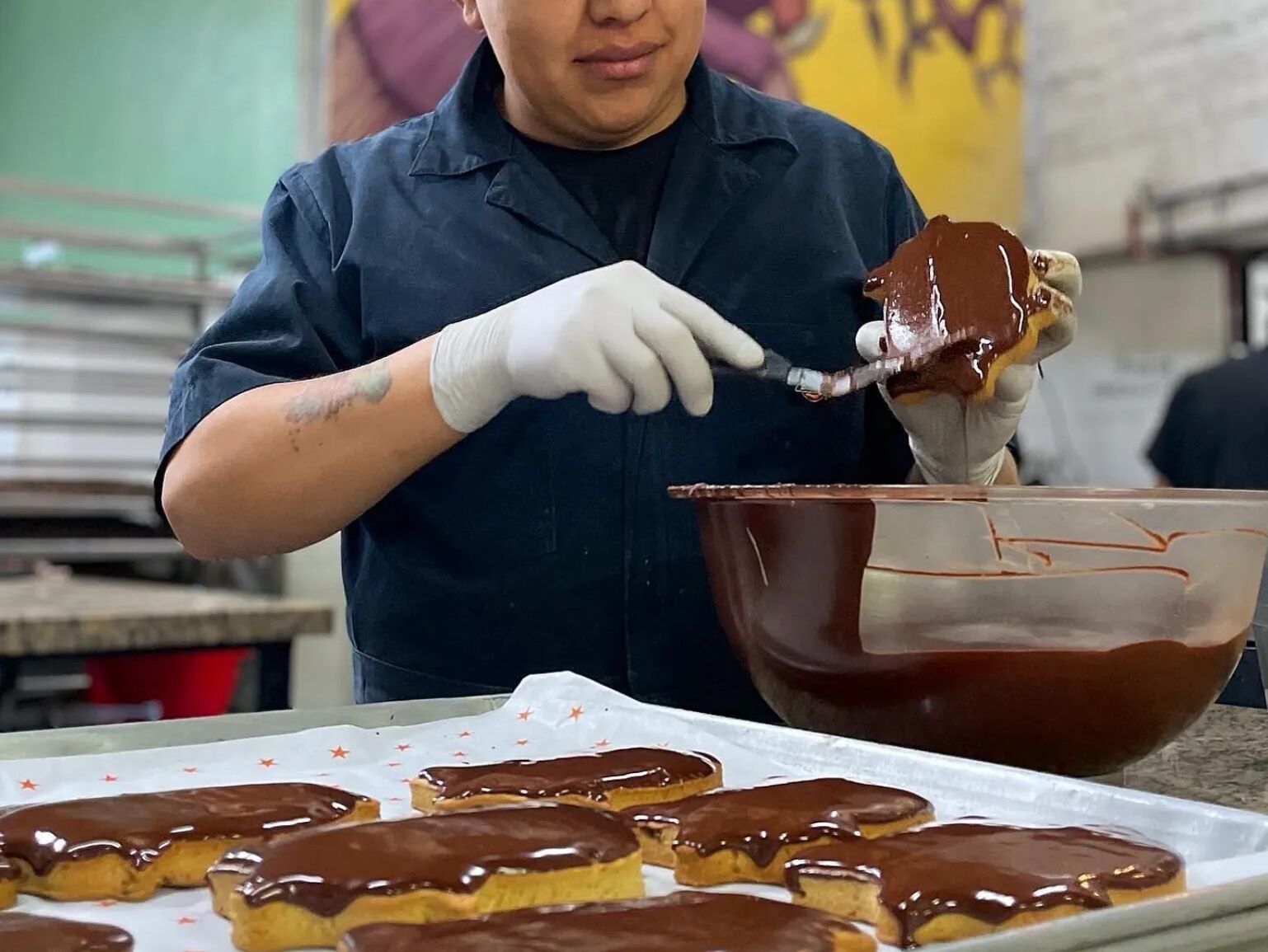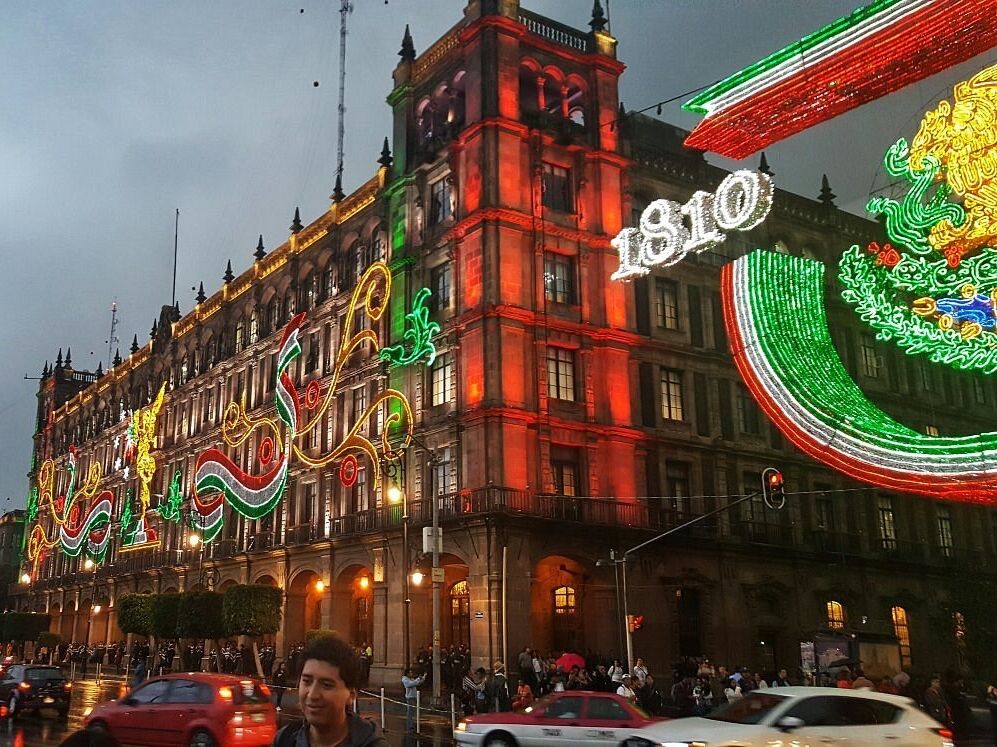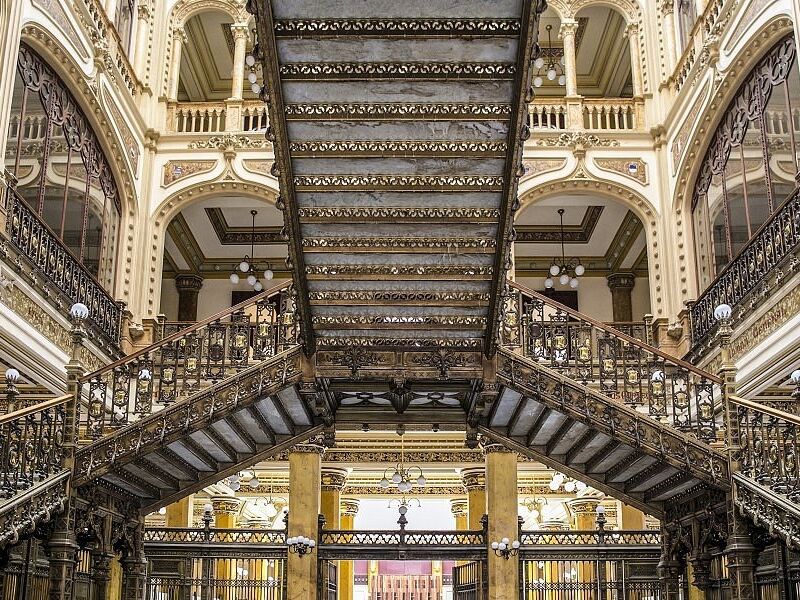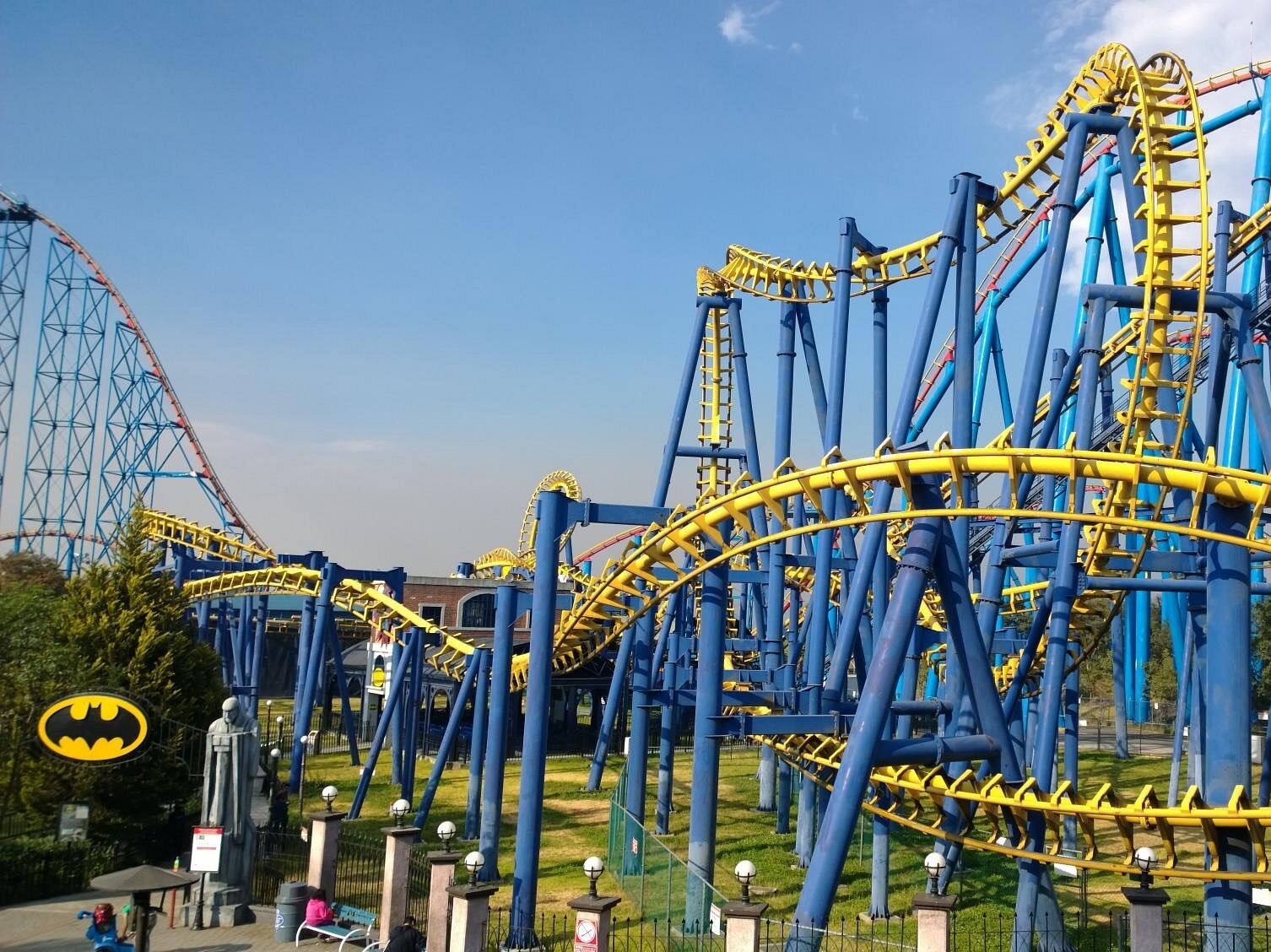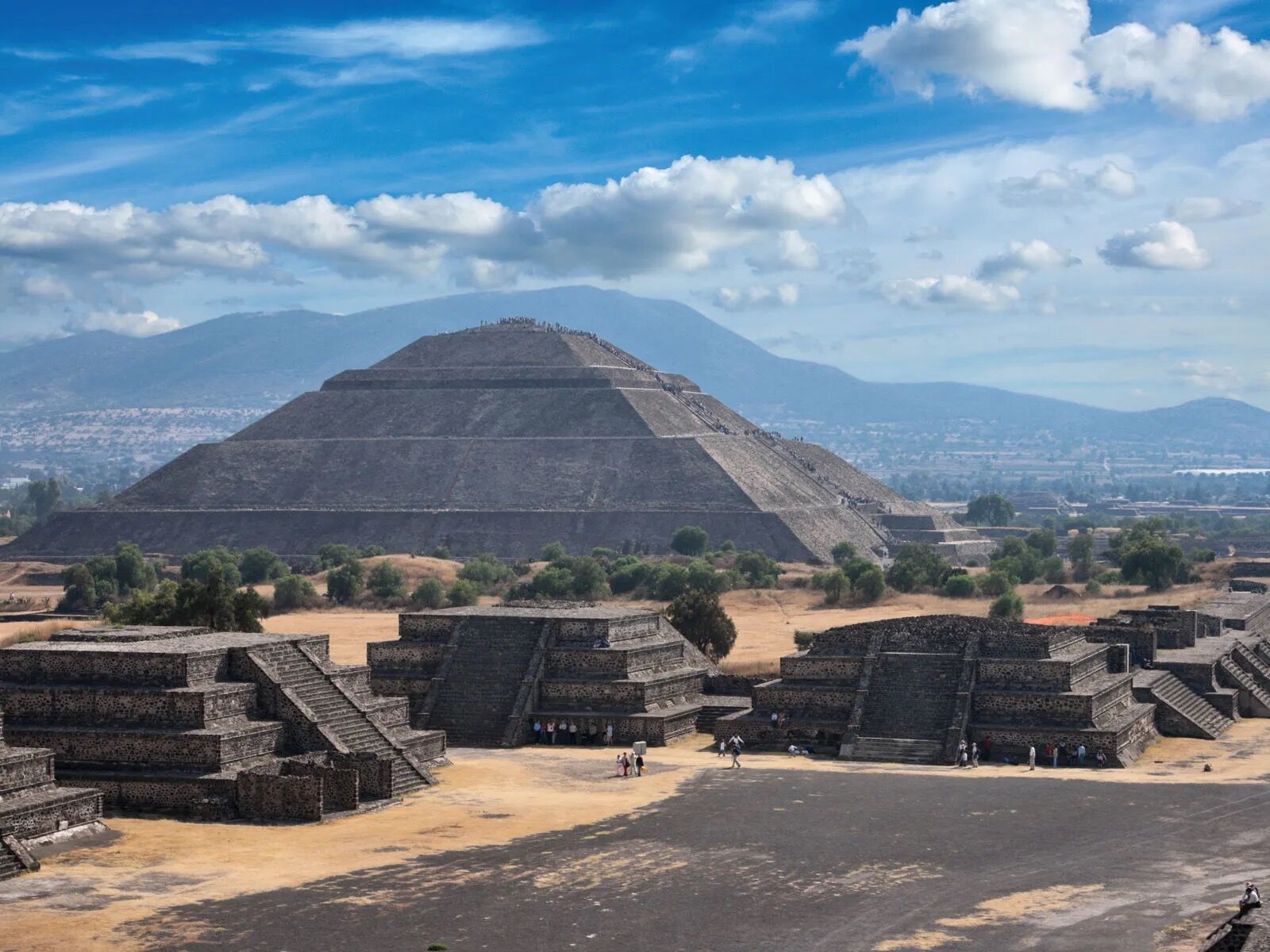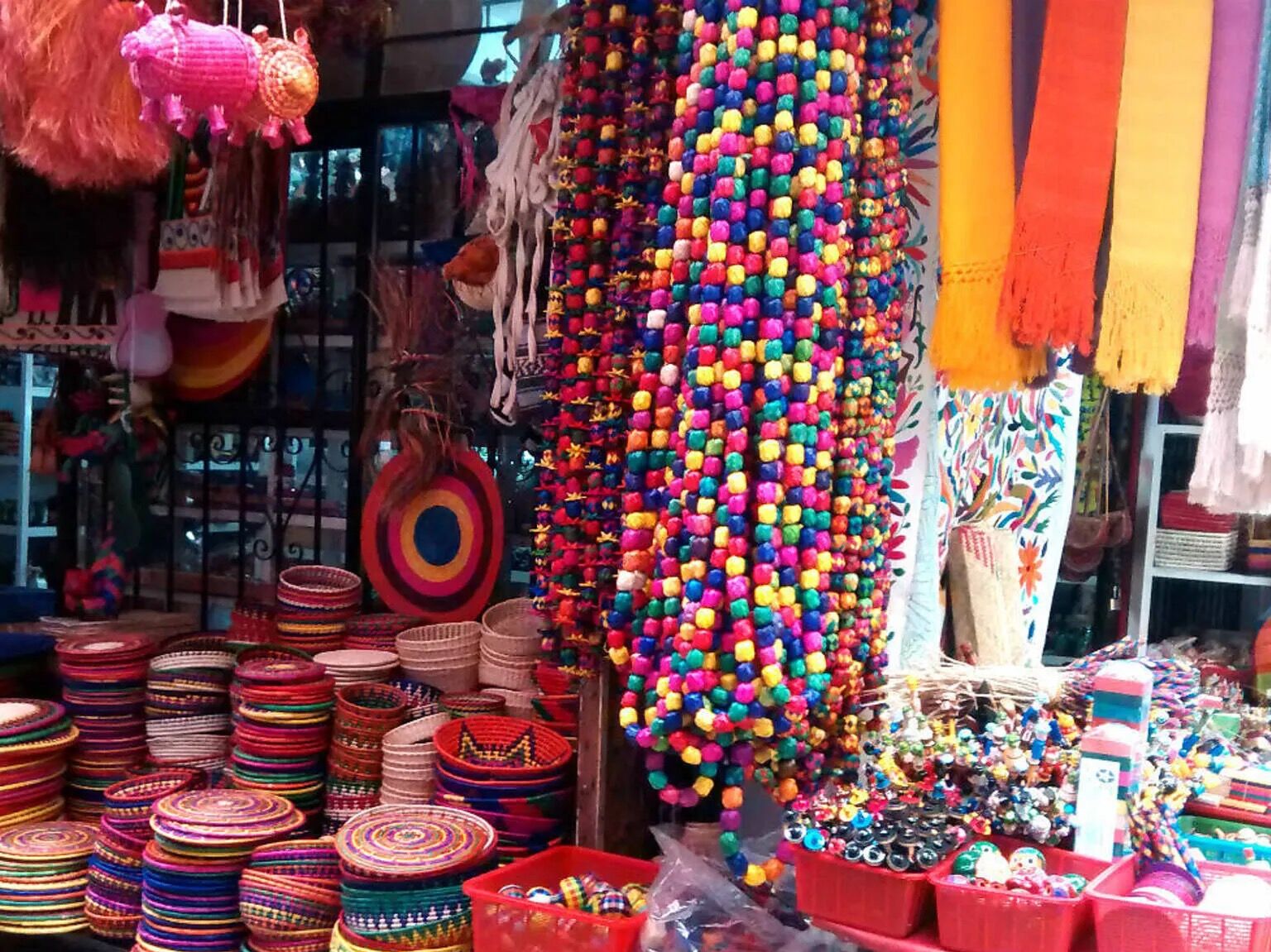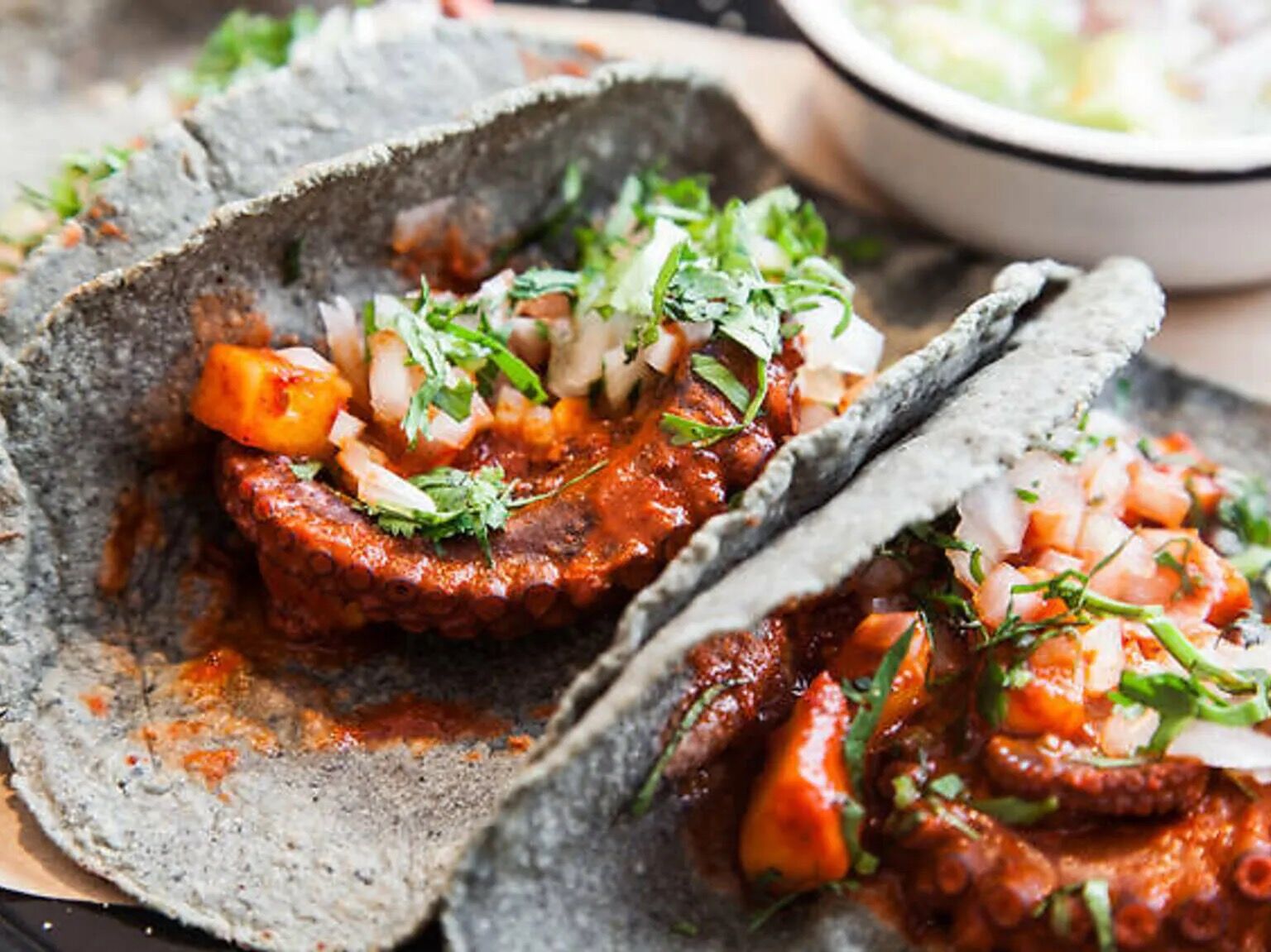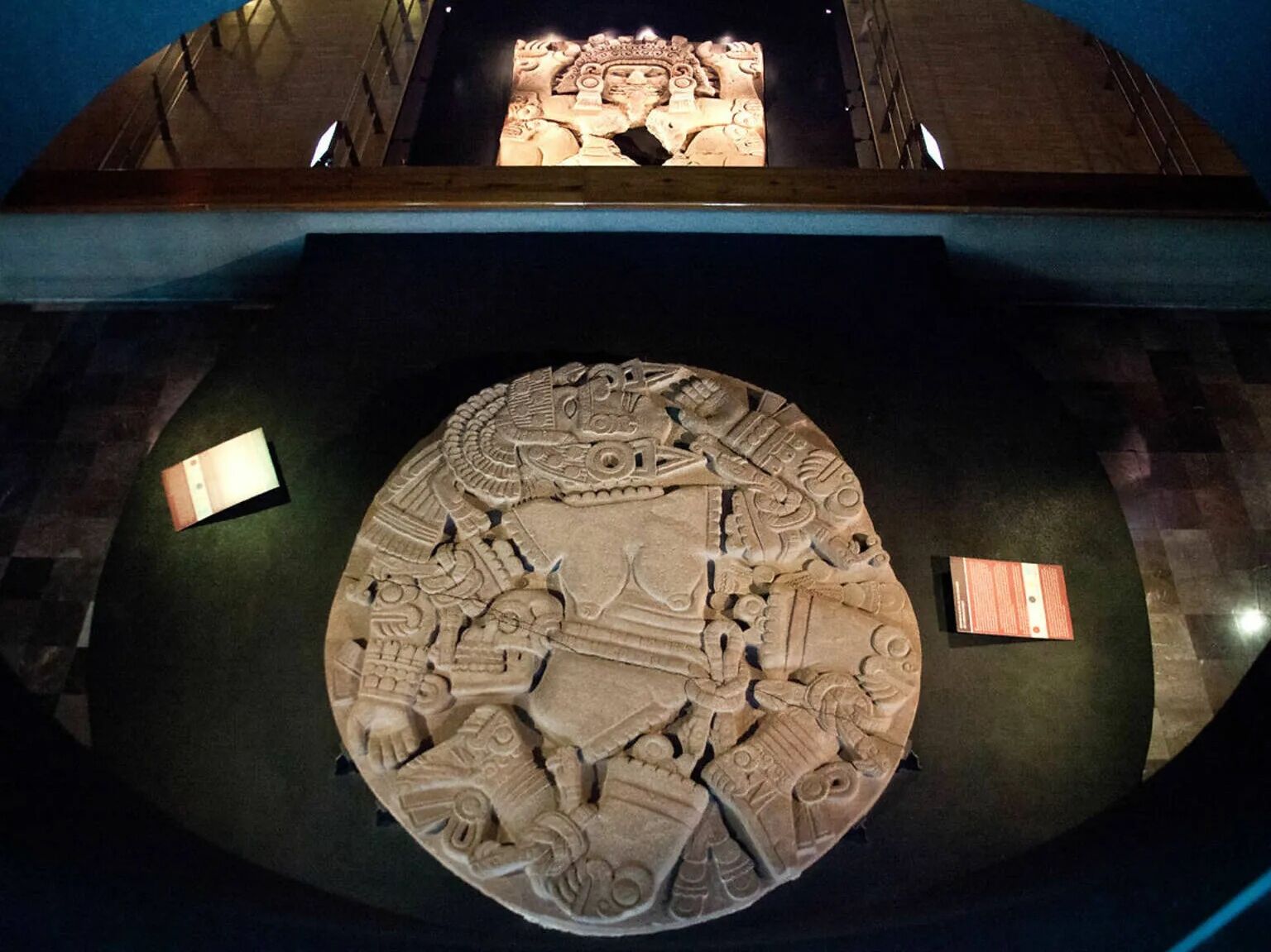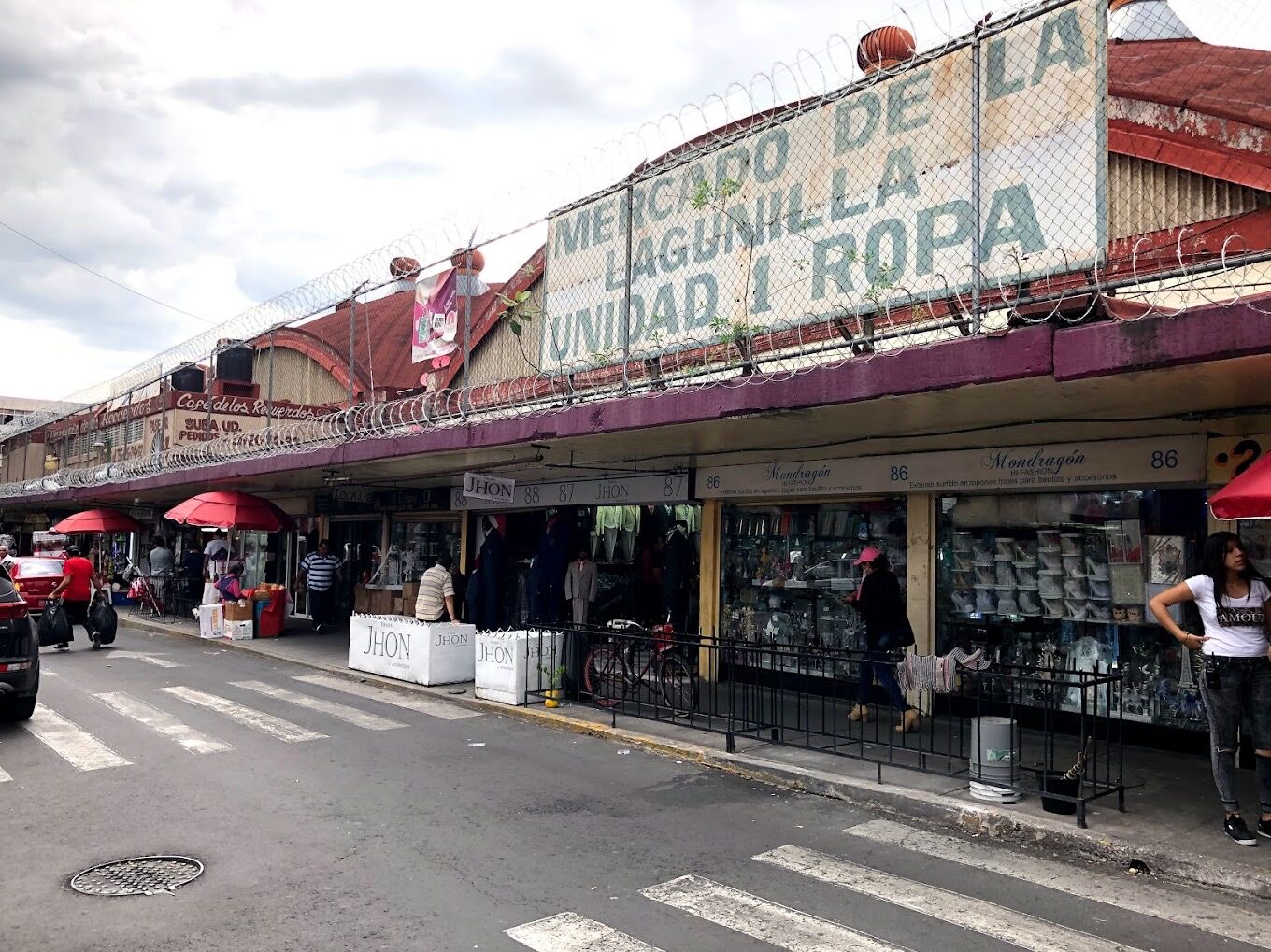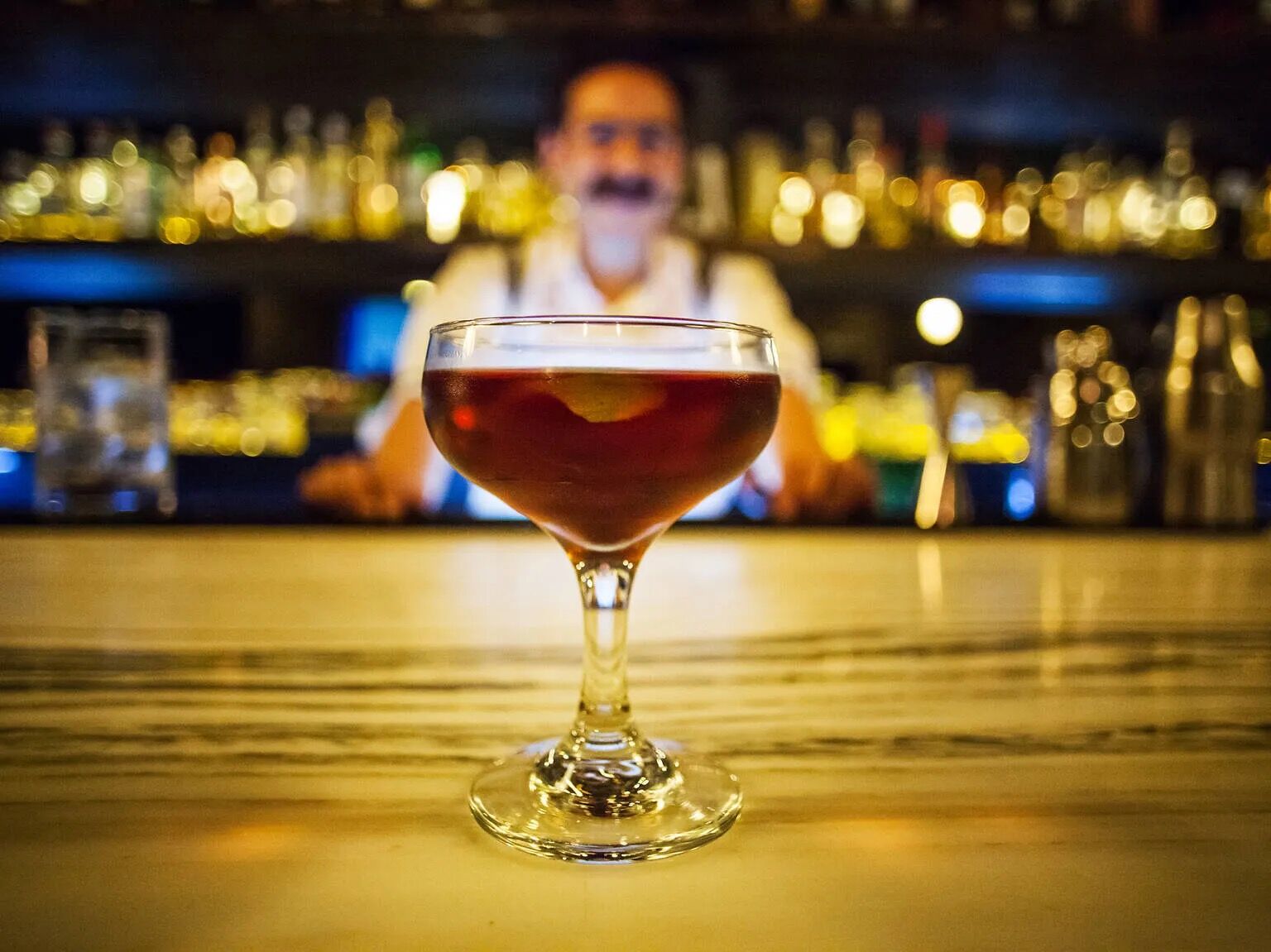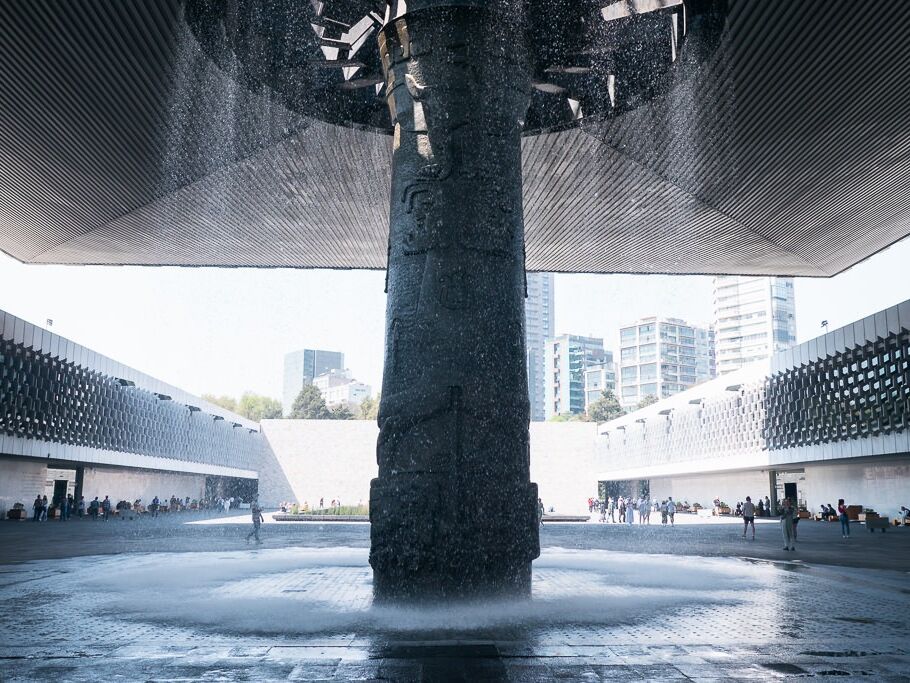
Maria & Hector
Maria & Hector
Things to Do
Museo Nacional de Antropología
Considered one of the world's most comprehensive natural history museums, this famous institution houses four square kilometers of exhibits in 23 exhibition halls.
Tickets start at $12
Frida Kahlo Museum
The Frida Kahlo Museum, also known as the Blue House for the structure's cobalt-blue walls, is a historic house museum and art museum dedicated to the life and work of Mexican artist Frida Kahlo. It is located in the Colonia del Carmen neighborhood of Coyoacán in Mexico City.
Tickets on TripAdvisor starting at $28
National Palace
The National Palace is the seat of the federal executive in Mexico. Since 2018 it has also served as the official residence for the President of Mexico. It is located on Mexico City's main square, the Plaza de la Constitución.
You can only visit by setting up a guided tour.
Bosque de Chapultepec
Chapultepec, more commonly called the "Bosque de Chapultepec" in Mexico City, is one of the largest city parks in Mexico, measuring in total just over 686 hectares. Centered on a rock formation called Chapultepec Hill, one of the park's main functions is as an ecological space in Greater Mexico City.
The Chapultepec Forest is an urban forest that has 8 museums, more than 100 monuments and fountains, boats to row in the lakes, children´s areas and many áreas where you can take a walk and enjoy the nature.
Free
Chapultepec Castle
Chapultepec Castle is located on top of Chapultepec Hill in Mexico City's Chapultepec park. The name Chapultepec is the Nahuatl word chapoltepēc which means "on the hill of the grasshopper". It is located at the entrance to Chapultepec park, at a height of 2,325 metrs above sea level.
The museum is not open on any Monday of the year, regardless of the date.
Tickets start at $5
Basilica of Our Lady of Guadalupe
The Basílica de Santa María de Guadalupe (Basilica of Our Lady of Guadalupe) is an important religious site in Mexico City. Construction for the first shrine built to honor the Virgin Mary of Guadalupe started in 1695 on Tepeyac Hill. However, nearly 300 years' worth of construction and environmental damage threatened the integrity of the basilica, so a new basilica was built on the same plaza in the 1970s.
Today, the complex is the second-most visited religious place in the world and has many features, including the basilica, the ancient church, a gift shop filled with religious items, a museum and a library.
Free
Plaza de la Constitución
Zócalo is the common name of the main square in central Mexico City. Prior to the colonial period, it was the main ceremonial center in the Aztec city of Tenochtitlan. The plaza used to be known simply as the "Main Square" or "Arms Square", and today its formal name is Plaza de la Constitución.
Free
Gran Hotel Ciudad de México
You do not have to stay at this hotel to enjoy it's beauty, it's worth stopping in while touring Centro Historico just to see the interior.
Free
Ahuehuete "El Sargento"
This six-seat collection room is a distillate library, a stunning space housed in a centuries-old building in one of Mexico City’s oldest neighborhood. The Porfirio Díaz-era bar and backbar were found in a Puebla antique store and are over 100 years old (once you book here, you'll be notified of the exact location) It'll cost you $75 per-person for a six-spirit sampling, light snacks, and water. Inside, there are only six seats and a knowledgable barkeep/tour guide crafting a rich journey for you and your fellow spirit geeks.
Floating Gardens of Xochimilco
Drive 40 minutes south of the city and you'll witness the closest approximation to the Valley of Mexico (in which Mexico City lies) before the arrival of the Spanish. The UNESCO World Heritage Site of Xochimilco, the extensive lake and canal system that once connected most of the settlements in the valley, is an incredible vestige of the area's pre-Hispanic past. Start at the Embarcadero Belem dock to experience the waterways. Plan a half-day excursion.
You can journey down the Xochimilco canals formed by these islands in colorful trajinera boats. Trajineras can be booked per hour at the Embarcadero Nuevo Nativitas, each with its own personal name.
Churrería El Moro
The lines outside this beloved churrería (churro shop) often snake around the block. There are shops in Roma, Centro Historico, Condesa, Polanco, and Cuauhtémoc. With your order of churros (just 20 pesos), you get a cup of hot chocolate for dipping and sipping.
Dolores Cárcamo Museum
This historic but infrequently-visited site was constructed in 1951 as a hydraulic water system connected to the city's main water lines. It no longer acts as a municipal water work but rather a museum and cultural landmark, underscoring the city's complicated relationship with water.
Torre Latinoamericana
Open since 1956, Torre Latinoamericana, the 44-story skyscraper in Centro Histórico, is the place to go if you want the best views of the city. Similar to the Empire State Building, this tower offers visitors jaw-dropping views from its observation deck and restaurant, making it the perfect opportunity to pull out your camera.
Tickets starting at $11
Arena Coliseo
A giant venue that hosts sporting and entertainment events, the Arena seats as many as 23,300 spectators. It's best known for hosting Lucha Libre wrestling matches.
Iglesia San Ignacio de Loyola
This infrequently-visited modernist church is tucked away in plain sight in a residential part of Polanco. Designed by famed architect Juan Sordo, it was completed in 1961 and features a sharp triangular structure covered in handmade yellow ceramic tiles. Show up during open-hours and you can tour the grounds inside and out.
Chocolatería La Rifa
Indigenous to Mexico, cacao has been consumed in the country and played an important role in Mesoamerican societies since 19th BCE; La Rifa continues the tradition with a small roaster on-site. There are a handful of tables sprinkled in the tree-shaded plaza out front, optimal perches for spending an hour or two. Ask to see their production in the back and they will most likely give a tour. The main event is sipping chocolates—water-based and closest to how cacao was consumed, pre-Columbian, before the introduction of the Spanish (and thus cows and milk). The front-of-house folks are happy to explain the finer nuances of their roasting process, flavor-profiles, and history of Mexican chocolate.
Plaza de la Constitución
Zocalo, or Plaza de la Constitucion, is one of Mexico City's most popular spots that dates back to the Aztec era. It's a large and historic public plaza that never sleeps, always buzzing with traditional Aztec dancers and performers, cultural events, and even political demonstrations. The square is surrounded by beautiful architecture and landmarks, such as Palacio Bellas Artes and the Templo Mayor, making it a great starting point to explore the city.
Salón San Luis
The dance floor at this old-school salon, cloaked in red light, comes alive as locals, tourists, and old-timers twirl and shuffle to the tunes of a live band. Try your hand at salsa, merengue, cumbia, and norteña numbers.
Palacio Postal
The architecture of this jaw-dropping, century-old post office nestled in the center of Mexico City’s bustling historic central district would be glorious enough on its own; Palacio Postal’s true magnificence, however, hails from the fact that its splendor is completely de rigueur for the masses who continue using it for purely pragmatic reasons daily, numbed to the unparalleled blend of golden architecture on all sides.
Tickets starting at $33
Six Flags México
This recently opened Six Flags is the first in Latin America. It's about 1 hour from Mexico City.
Teotihuacán
One of many UNESCO World Heritage Sites in the Mexico City region, Teotihuacán (teh-o-tee-wa-can) contains some of the largest pre-Hispanic pyramids in all of Mexico. The site contains many popular constructions, including the Palace of the Plumed Butterfly, which showcases various columns of winged creatures, and the awesome Pyramid of the Sun, which sits at the heart of the small city. The nearby museum, Museo de la Sitio, also holds many artifacts from the period.
It is about 30 minutes north of Mexico City - you can access the site via public transportation from Autobus del Norte bus station (located just off the yellow line metro station by the same name). You can also utilize CapitalBus and Turibus services, book a driver, or rent a car. The site is open daily from 9 a.m. to 5 p.m., though last entrance is at 3 p.m. To avoid crowds, get there early and avoid going on Sundays if possible as residents of Mexico receive free admission that day.
Entry fees start around $5
Mercado de Artesanías La Ciudadela
An array of colors unfolds at your every step in this artisanal market, which is over 50 years old. Lose yourself in the shelves of skulls, jugs, jaguar heads made with black mud, wood, or with a Huichol decoration, traditional games, baskets made of palm leaves, saddlery, vases, pots, and talavera plates; alebrijes (Oaxacan-Mexican folk art sculptures of fantastical creatures) and replicas of pre-Hispanic pieces of art. All the artesania that you can find in the country’s touristic hotspots, you can find here in this market.
Free
Fifty Mils
Renowned as one of the best bars in the world, the Fifty Mils bar has done more than most to completely revolutionize the concept of brunch in this part of the world. It isn't cheap, but food this good rarely is, especially when you consider the location, surroundings, and all-around excellence of the package. If this isn't a magic cure for a hangover, we don't know what is.
Templo Mayor Museum
The Templo Mayor is home to the precious aspects of our history. When visiting this museum site, you stop in front of what was the great Tenochtitlan’s important temple. Among the 7000 remains found there in the late 70s, there is the largest Mexican sculpture that has ever been found: the polychrome relief of the goddess of the Earth, Tlaltecuhtli. You will also stumble upon a large circular monolith that represents the Moon goddess, Coyolxauhqui.
Tickets start at $12
La Lagunilla
La Lagunilla is one of the most famous open-air markets in Mexico City. Every Sunday, hundreds of sellers arrive at 6 am to set up their stalls in the streets of the Morelos district, very close to Tepito. Here you will find all sorts of items, clothes, and vintage furniture, from 70s record players to analog cameras, paintings from the beginning of the previous century, and games that will bring back memories from your childhood.
Free
Hanky Panky Cocktail Bar
Even if you explored all of Juárez, shop by shop, house by house, you would never guess the entrance to the Hanky Panky Cocktail Bar. We’ll give you a few clues, but first, you must do your part and make a reservation through Facebook or the phone to find out the address. To get in, you have to find your way to the back of a food business shop, where a hidden door will take you into the bar; if you’re on the list. Let the bartenders do what they do best at the bar, and make sure you try the food from chef Maycol Calderón.
Museo Nacional de Antropología
With two massive floors of high-quality exhibits covering every major ancient civilization in Mexico, you should plan to dedicate at least a half day.
From the totemic pillar greeting you as you enter to all of the artifact-filled rooms, it’s easily Mexico City’s most impressive museum.
Tickets start at $3
Palacio de Bellas Artes
he Palacio de Bellas Artes takes the cake for stunning architecture. In springtime, the purple jacarandas bloom for an impressive sight. But any time of the year, Palacio de Bellas Artes provides a spectacular ambiance at golden hour.
For a better view of its colorful dome, just pop inside the Sears department store and head up to the top floor. Cafe Finca Don Porfirio has a terrace with the perfect angle onto the palace and park. You can also go up the Torre Laticoamericana for the view pictured above.
Free
Tickets for the museum inside start at $4
